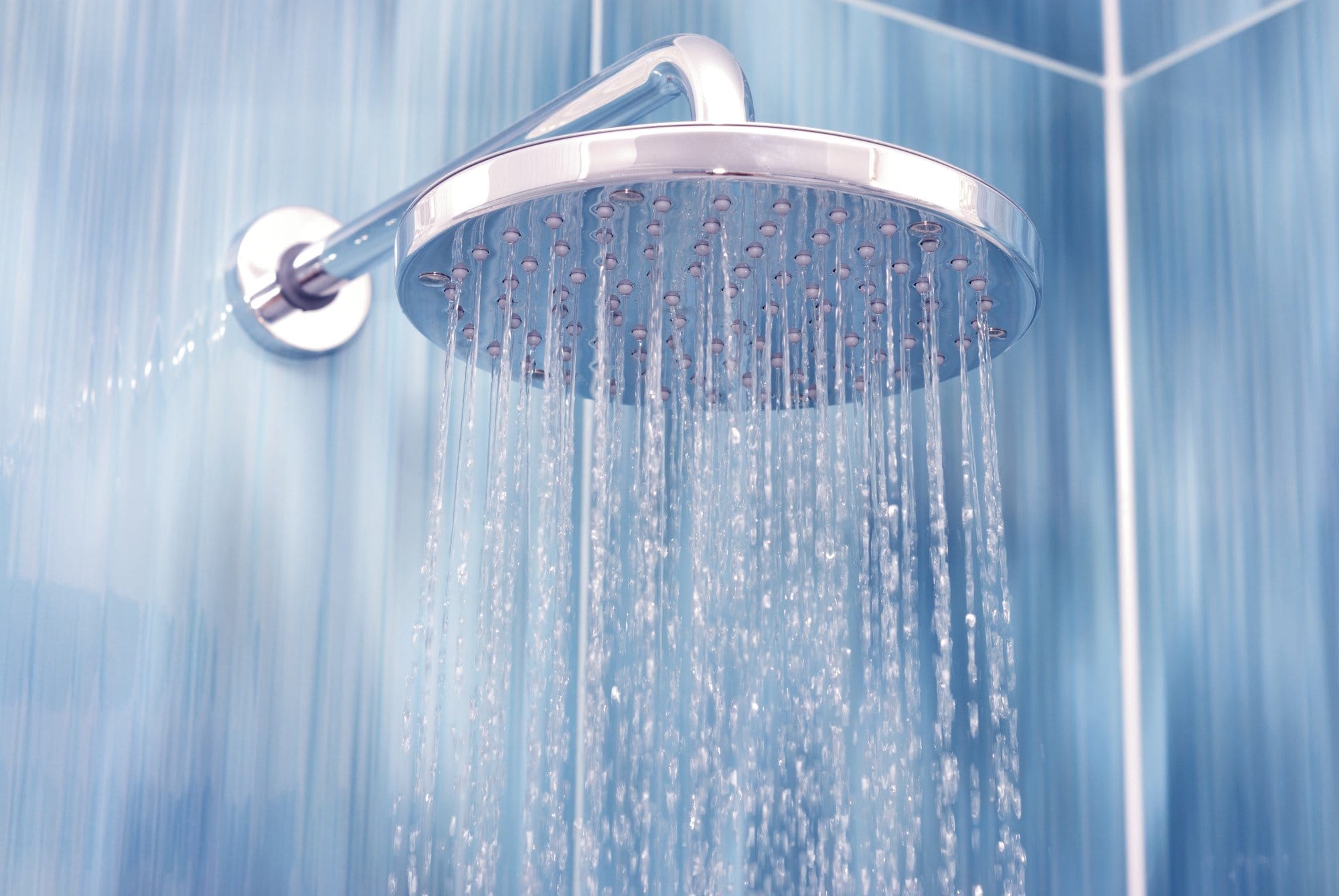Do you ever find yourself running out of hot water sooner than expected during a shower or struggling with scalding hot water coming from your taps? These issues might be related to your water heater thermostat.
Fortunately, checking your water heater thermostat is a straightforward process that doesn’t require advanced technical skills. In this simplified guide, we’ll walk you through the process to ensure you have a consistent and comfortable supply of hot water. Let’s get started.
1st Step: Safety First
When it comes to checking your water heater thermostat, safety should be your primary concern. To start, switch off the power supply at the circuit breaker to prevent electrical accidents. For gas heaters, turn off the gas supply as well.
You should also allow time for the hot water to cool down to avoid burns and consider wearing safety gear like gloves and goggles. These precautions ensure a safe environment while working on your water heater. Always remember that safety is the first step in any maintenance task.
2nd Step: Locate the Thermostat
Next, locate your water heater’s thermostat. Begin by finding the access panel, typically located on the side of the tank. Removing the panel cover grants access to the thermostat and heating element.
This step sets the stage for adjusting and testing your thermostat effectively. By uncovering the thermostat, you can ensure a smooth inspection process and make necessary adjustments for optimal water heating performance.
3rd Step: Check the Temperature Setting
Once you’ve accessed your water heater’s thermostat, the next step is to examine the temperature setting. Inside the access panel, you’ll discover a water heater temperature dial or a digital display.
It’s crucial to inspect the current temperature setting. Most households find a temperature of around 120°F (49°C) to be ideal. Using a screwdriver or the thermostat’s controls, you can easily adjust the temperature to your desired level.
Ensuring that the thermostat is set at the right temperature is key to having a consistent and safe supply of hot water in your home.
4th Step: Test and Calibrate
After setting the thermostat to your preferred temperature, it’s time to test its functionality and, if necessary, calibrate it for accuracy.
To begin, restore power to your water heater by turning on the circuit breaker. Allow the water heater some time to heat up. Next, open a hot water faucet or shower and monitor the water’s temperature.
If the temperature matches your thermostat setting, your thermostat is likely functioning correctly. However, if there’s a noticeable difference, consult your water heater’s manual for calibration instructions.
Calibration may involve adjusting a screw or using digital controls to ensure your water heater provides the desired temperature consistently. This step ensures that your water heater operates efficiently and meets your hot water needs.
How to Check Water Heater Thermostat
Understanding how to check your water heater thermostat is a valuable skill for maintaining a reliable supply of hot water in your home. By following this simplified guide, you can confidently assess and adjust your thermostat for optimal performance.
If you are experiencing water heater issues, your premier choice in Williamson County, TN, is Sewell Electric & HVAC. Contact our team today to schedule a service.


